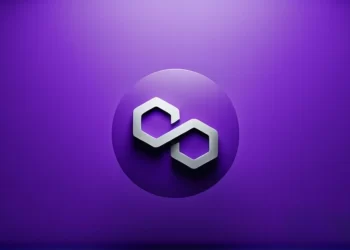The founder and chief information officer of Cyber Capital, Justin Bons, has provided insights on several scaling methods that may alter the future of the Bitcoin (BTC) and Ethereum (ETH) markets, respectively.
His piece began by highlighting how, despite their innovative nature, Bitcoin and Ethereum have refused to implement certain scaling solutions. Parallelization, sharding, zero-knowledge (ZK), Directed Acyclic Graphs (DAGs), and modular scaling are a few of these scaling techniques. These are the digital assets of the future, according to Bons.
Compartmentalization
Thanks to this technology, all of the computer’s cores and threads can be used simultaneously. This guarantees the utilization of computing power that might otherwise be squandered.
The multicore architecture of all current computers can be utilized through parallelization. Nevertheless, there is currently no proposal to modify the single-threaded nature of Ethereum and Bitcoin. The creator of Cyber Capital believes that chains should use this method because the trade-offs are minimal. Solana, Aptos, SUI, and SEI are among the protocols that are currently using this parallelization scaling method.
Shattering
This type of data partitioning entails breaking up big databases into smaller, quicker, easier-to-manage segments. Bons claims that sharding goes beyond this idea of concurrency by dividing the work not just across several different computers or parties, but even within a single computer to make use of several cores. This amounts to genuine scaling for him.
The main compromise with cross-shard messaging is that it slows down a bit because it takes a few more seconds for confirmations when compared to a strictly parallelized chain.
Acyclic Direct Graph (DAG)
Sharding makes use of several chains, whereas DAGs have a tree-like structure with several branches. It promises “infinite” speed and scalability. One of DAGS’s trade-offs, similar to the others, is that it cannot track a single composable state.
X-chain from Avalanche, Fantom (FTM), Kaspa (KAS), and NANO are a few well-known projects that have already made use of this approach.
Zero Information (ZK)
This strategy just adds the proofs to the chain, not the complete data, using state-of-the-art cryptography to increase efficiency. According to Bons, this discovery has enormous potential to transform the field of blockchain scaling and resolve the trilemma surrounding blockchain scaling. The majority of Layer-1, including Bitcoin, have not yet adopted this fix.
The complete implementation of a native ETH ZKEVM is still a topic of research. This method has already been applied in other Ethereum Layer 2 scaling solutions. The polygon zkEVM is unique in this sense.
Sectional
Because it distributes the burden among several chains and allows for the possibility of more chains with their own modular scaling regulations, this is frequently referred to as heterogeneous sharding. Ethereum Layer-2 scaling does not adequately fit into this category, as Justin Bons pointed out. They don’t have a common interoperability protocol, which explains this discrepancy.
Bon is sure that these scaling ideas, if put into practice, will greatly improve Ethereum and Bitcoin.

























